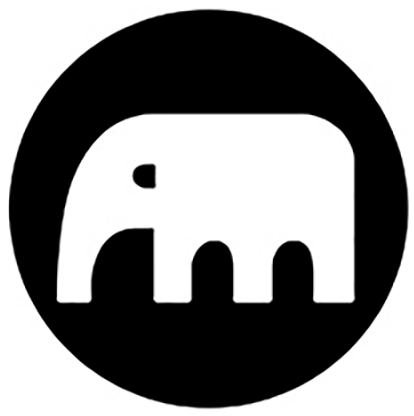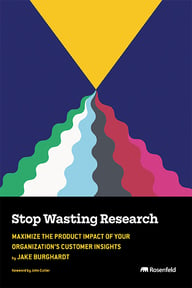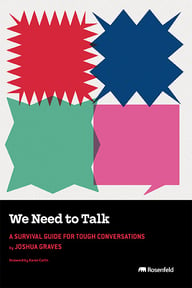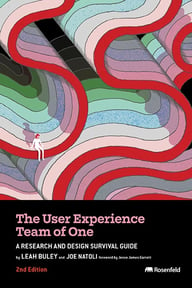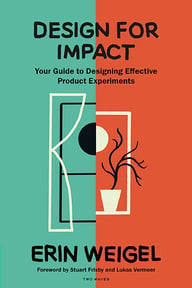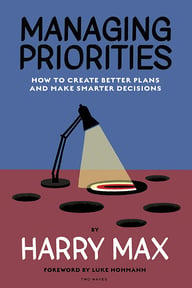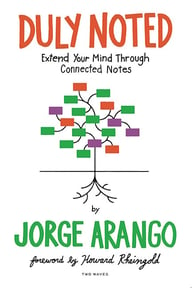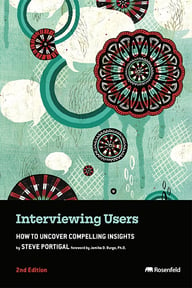Log in or create a free Rosenverse account to watch this video.
Log in Create free account100s of community videos are available to free members. Conference talks are generally available to Gold members.
Summary
Imagine slipping on a sleek pair of smart glasses. Not only do you look sharp, the glasses capture everything you see, hear, and do. Your AI assistant—built into the glasses and synced to your email, social media accounts, health apps, and finances—manages your life. It’s tasked with paying bills, booking trips, replying to messages, even helping you swipe right. Over time, you find yourself chitchatting with your AI assistant. You call him Charlie. Now imagine you’re a threat actor. That trust between user and AI assistant? It’s your entry point. If your product is powered by AI, you’re not just designing features—you’re designing an entire relationship. You’re designing Charlie. Let’s talk about where that goes wrong—and how to get it right.
Key Insights
-
•
Users often do not understand why AI-powered systems request extensive personal data, increasing privacy risks.
-
•
Trust in AI agents can become excessive, creating new vectors for manipulation by threat actors.
-
•
Security issues typically occur beneath the surface until alerts disrupt the user experience, often causing frustration.
-
•
Prompt injection attacks pose a novel threat where malicious inputs manipulate AI agents to access sensitive user data.
-
•
Multimodal AI interfaces introduce complexity in security decisions, increasing chances for user errors.
-
•
Secure by default settings reduce burden on users and improve overall protection without requiring user intervention.
-
•
Cross-disciplinary collaboration between UX, security, product, legal, and compliance teams is crucial for safer AI design.
-
•
Users need clear, contextual guidance during onboarding to make informed decisions about data sharing and security settings.
-
•
Transparency about AI limitations and giving users the option to reverse AI actions are essential for building trust.
-
•
Threat actors are likely to exploit growing AI access to personal data and automate vulnerabilities discovery.
Notable Quotes
"When a product is powered by AI, you're not just designing the features; you are designing an entire relationship."
"Charlie is like the most annoying coworker who constantly surfaces problems but never offers solutions to Alice."
"Threat actors probably know your system better than you do and are looking for any entry points to exploit."
"Alice often perceives Charlie as just another barrage of alerts filled with jargon she doesn't understand."
"Prompt injection attacks can trick AI agents into accessing private data like emails without the user realizing."
"People become incrementally more comfortable giving away data because they see the value AI provides."
"We need secure defaults that protect users out of the box without them having to figure it out."
"Alert fatigue is real; users can't be burdened with constant security decisions or they'll ignore them."
"Giving users the ability to reverse AI-driven actions is critical but currently underexplored."
"If Charlie has been tampered with, Alice needs a clear way to be alerted that she shouldn't trust it."
Or choose a question:
















More Videos

"Citizen participation is like eating spinach—everyone agrees it’s good, but few actually do it meaningfully."
Aaron Stienstra Lashanda HodgeLeveraging Civic Design to Advance Equity and Rebuild Trust in the US Federal Government
December 8, 2021

"SAFE is essentially a software development methodology, and fitting experience design into it has been a constant trial and error."
Sharbani DharBreathing Room for Delight
January 8, 2024

"Only 50% of people in Germany interact with authorities online, compared to 80-90% in Nordic countries."
Magdalena ZadaraZero Hour: How to Get Far Quickly When Starting Your Digital Service Unit Late
November 16, 2022

"Accessibility is driven by compliance, especially for government markets with strict keyboard navigation requirements."
George Abraham Stefan IvanovDesign Systems To-Go: Indigo.Design Overview and Exploring the Developer Workflow (Part 3)
October 1, 2021

"Enterprise UX is about delivering strong experiences in an enterprise setting, which ain’t easy."
Louis RosenfeldWelcome / Housekeeping
June 6, 2023

"Culture design is the flesh that makes the bones of organizational design come alive through behaviors and interactions."
Steve ChaparroBringing Into Alignment Brand, Culture and Space
August 13, 2020

"When you get lonely, battle that loneliness by identifying allies and people you can trust in your organization and the design ops community."
Jackie AjouxLeveling-Up: A Single-Player’s Guide to the DesignOps Team-of-One
January 8, 2024

"A standard framework for collecting and responding to family feedback at the organizational level can increase their voice’s impact."
Shanti Mathew Natalie Sims Natalia RadywylCivic Design at Scale: Introducing the Public Policy Layer Cake
December 9, 2021

"Just follow your heart and what makes you happy rather than the traditional career ceilings."
Adam Cutler Karen Pascoe Ian Swinson Susan WorthmanDiscussion
June 8, 2016
Latest Books All books
Dig deeper with the Rosenbot
What are best practices for conducting workshops that create team alignment beyond task outputs?
What are effective low-touch experiments that media organizations can run to test new service approaches?
How do journalists experience and navigate the identity shift from gatekeepers to service providers?
